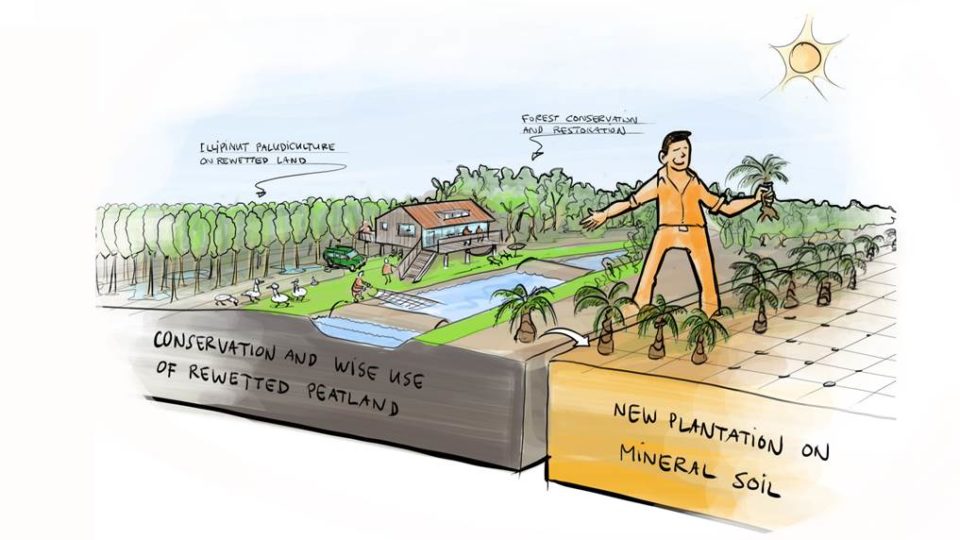Brussels, 30 Nov 2016. The European Commission has just released the Clean Energy Package, which includes a proposal for the revised Renewable Energy Directive.
We welcome the fact that the European Commission recognizes the high value of peatlands by making the “criterion for peatland protection stricter”. Despite this positive commitment, the European Commission is still maintaining the possibility to use food and feed crop biofuels reducing them to 3.8% by 2030. This is a step back from earlier EU commitments to phase them out completely.
This means that palm oil will be still used in transport and energy. We call on the EU to:
- exclude all palm oil produced on peatlands from the EU biofuel trade chain,
- ensure appropriate certification schemes which guarantee full traceability and compliance with the sustainability criteria in the RED and FQD, through stricter monitoring of the provenience of biofuel stocks.
We appreciate the fact that at the EU level, agricultural feedstock should not be produced on drained peatlands and above all that high carbon stock land should not be converted for the production of agricultural raw material for biofuels, bioliquids and biomass fuels. This should, however, not prevent or constrain the rehabilitation of agricultural land to wetlands (including rewetting of peatlands) or forests. We expect that all perverse, environmentally harmful subsidies will be phased out on the basis of the provisions in this proposal.
Therefore feedstock from peatlands for the production of biofuels, bioliquids and biogas should be explicitly allowed from rewetted peatlands only to encourage the rehabilitation of drained peatlands to such sustainable alternative wet peat land-use (paludiculture). Peatlands can be cultivated with crops adapted to the wet soil conditions. This can reduce or even stop greenhouse gas emissions from peatlands and simultaneously provide sustainable livelihoods from peatlands as a basis for local business. There is commercial potential for many species of plant, but these alternative options are not yet being promoted.

